Marvel’s Latest Entry Fantastic Four: First Steps (2025)
Fantastic Four: First Steps (2025) – A Long-Awaited Reboot Arrival That Lands Flat
Marvel Studios’ Fantastic Four: First Steps (2025) marks the long-anticipated debut of Marvel’s First Family into the mainline MCU. Directed by Matt Shakman and set in Earth-828, the film attempts to reboot the franchise with a retro-futurist aesthetic and a standalone storyline. Despite a cast led by Pedro Pascal, Vanessa Kirby, Joseph Quinn, and Ebon Moss-Bachrach, the film struggles to deliver emotional depth or narrative momentum.
With a runtime just shy of two hours, the pacing feels sluggish and the story lacks urgency. The film introduces cosmic threats like Galactus and Shalla-Bal (Silver Surfer), but their impact is diluted by underdeveloped arcs. Critics have noted the film’s visual ambition, but its storytelling remains inert. The movie’s promotional campaign promised a bold new chapter, yet the final product feels like a placeholder. Audience reactions have been mixed, with many citing disappointment after high expectations. This review breaks down the film’s core elements to understand where it falters and why it matters.
Set Design – Retro-Futurism Without Function
The film’s production design leans heavily into 1960s-inspired retro-futurism, with the Baxter Building serving as a sleek centerpiece. The sets are visually appealing, offering a blend of chrome surfaces, neon lighting, and modular architecture. While the aesthetic is consistent, it rarely supports the narrative or character development.
The space station sequence early in the film is well-constructed but lacks tension. Earth-828’s alternate reality offers creative freedom, yet the environments feel sterile and underutilized. The design team clearly invested in visual cohesion, but the sets often feel like backdrops rather than immersive worlds. The interiors of the Fantastic Four’s headquarters are polished but emotionally hollow. Galactus’ arrival scene features a striking planetary vista, but the scale is never fully realized. The Silver Surfer’s scenes are framed with elegance, yet the locations don’t enhance her mystique. Overall, the set design is competent but disconnected from the story’s emotional core.
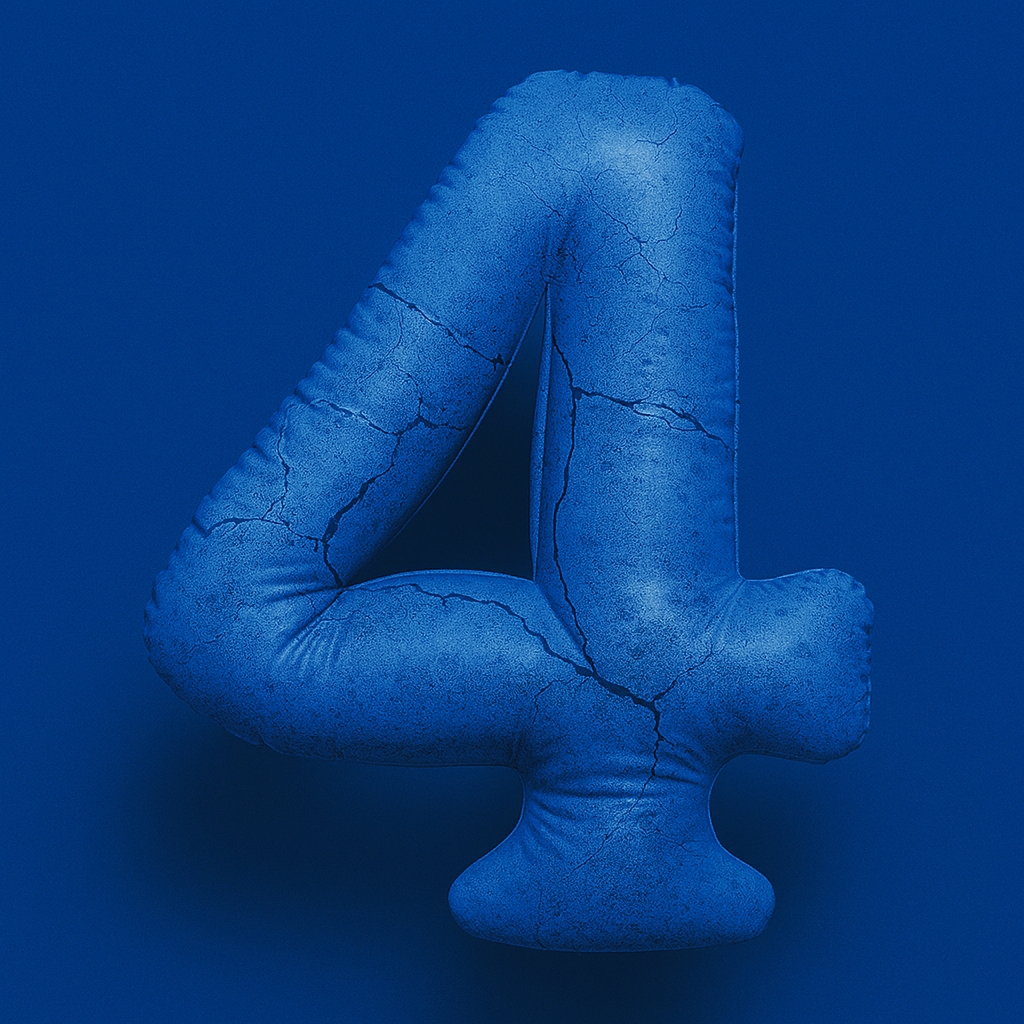
Cinematography – Sharp But Unremarkable
The image quality throughout the film is crisp, with clean framing and balanced lighting. Cinematographer Jess Hall captures the retro aesthetic with precision, but the visual storytelling lacks dynamism. Action scenes are competently shot but rarely thrilling. The camera work during dialogue-heavy moments is static, contributing to the film’s sluggish pacing.
Wide shots of cosmic landscapes are visually pleasing but fail to evoke awe. The color grading favors muted tones, which dulls the emotional impact of key scenes. Close-ups are used sparingly, limiting character intimacy. The film’s visual clarity is consistent, but it doesn’t elevate the material. There’s a noticeable absence of visual metaphor or symbolic framing. The cinematography serves the script but never transcends it. In a genre known for spectacle, Fantastic Four: First Steps feels visually restrained.
CGI – Clever Concepts, Limited Execution
The film’s CGI is functional, with moments of clever design but no groundbreaking innovation. Galactus is rendered with imposing scale, yet his presence lacks weight. The Silver Surfer’s surfboard sequences are fluid but repetitive. Cosmic ray effects during the origin sequence are visually engaging but brief. The Baxter Building’s holographic interfaces are sleek but generic.
The film avoids overuse of CGI, which helps maintain visual coherence. However, the digital effects don’t push boundaries or redefine genre standards. The climactic battle features energy blasts and spatial distortions, but the choreography is uninspired. The CGI supports the story but doesn’t enhance it. There’s no standout moment that rivals Marvel’s best visual achievements. The film’s restraint in digital effects may be intentional, but it leaves the experience feeling underwhelming.
2025 Reboot
Storyline – A Cosmic Plot Without Gravity
The narrative centers on the Fantastic Four’s emergence as heroes and their confrontation with Galactus. Despite the cosmic stakes, the story lacks urgency and emotional resonance. The plot unfolds predictably, with few surprises or meaningful twists. The Silver Surfer’s warning about Galactus introduces tension, but it dissipates quickly.
The subplot involving Sue and Reed’s unborn child is underdeveloped and confusing. Character motivations are vague, and the moral dilemmas are poorly defined. Dialogue is often expository, slowing the pace and diluting character dynamics. The second act meanders, with scenes that feel disconnected from the central conflict. The resolution is abrupt and unearned, leaving thematic threads unresolved. The story attempts to explore family and sacrifice but never commits. Overall, the plot feels like a draft rather than a finished narrative.
Villain – Shalla-Bal’s Wasted Potential
Julia Garner’s portrayal of Shalla-Bal, the Silver Surfer, is the film’s standout performance. Her presence is commanding, and her emotional depth adds complexity to an otherwise flat cast. Shalla-Bal’s backstory hints at rich mythology, but the script barely explores it. Her interactions with the Fantastic Four are limited, reducing her impact.
The character’s moral ambiguity is intriguing but underutilized. Her visual design is elegant, with reflective textures and minimalist armor. Despite her potential, Shalla-Bal is sidelined in favor of less compelling plot points. Her final scene lacks closure, leaving her arc incomplete. Critics have praised Garner’s performance but lamented the character’s limited screen time. In a film lacking strong personalities, Shalla-Bal deserved more narrative weight. Her role could have anchored the story, but instead she floats on the margins.
Soundtrack – Present But Uninspired
The musical score by Michael Giacchino is serviceable but forgettable. Themes are introduced without development, and emotional cues feel generic. The opening credits feature a retro synth motif that fades quickly. Action sequences are accompanied by standard orchestral swells, lacking distinctiveness. The Silver Surfer’s scenes include ambient tones that hint at mystery but never build tension. There’s no memorable leitmotif associated with any character. The soundtrack supports the visuals but doesn’t enhance them. Quiet scenes lack musical intimacy, and dramatic moments feel underscored. The final battle includes a crescendo that feels obligatory rather than earned. Compared to Marvel’s iconic scores, this one feels like filler. The music is present but never essential.
Characterization – Flat Arcs and Faded Energy
The core cast struggles to bring vitality to their roles. Pedro Pascal’s Reed Richards is subdued, lacking emotional range. Vanessa Kirby’s Sue Storm shows flashes of strength but remains underwritten. Joseph Quinn’s Johnny Storm is charismatic but neutered compared to past portrayals. Ebon Moss-Bachrach’s Ben Grimm offers humor but little depth. The team’s chemistry is inconsistent, with forced banter and awkward silences. Character arcs are shallow, with minimal growth or transformation. Emotional stakes are low, and interpersonal conflicts feel manufactured. The ensemble lacks cohesion, making group scenes feel disjointed. There’s no standout dynamic that anchors the film. The characters appear disengaged, as if unsure of their place in the story.
Dialogue – Slow, Stiff, and Unmemorable
The script relies heavily on exposition, slowing the film’s rhythm. Conversations lack subtext, and emotional exchanges feel rehearsed. Jokes fall flat, and dramatic lines lack impact. Reed’s scientific monologues are dense but not enlightening. Sue’s dialogue is often reactive rather than proactive. Johnny’s quips are restrained, missing the spark of past iterations. Ben’s lines are humorous but repetitive. The Silver Surfer speaks in cryptic phrases that lack poetic weight. Galactus has few lines, and his menace is conveyed more through visuals than speech. Overall, the dialogue feels like placeholder text awaiting revision.
Pacing – A Short Film That Feels Endless
Despite its 1 hour and 57 minute runtime, the film feels much longer. The first act introduces characters quickly but without momentum. The middle section drags, with scenes that repeat emotional beats. The climax arrives late and resolves too quickly. Transitions between scenes are abrupt, disrupting narrative flow. The editing lacks rhythm, contributing to viewer fatigue. Action sequences are spaced too far apart, reducing engagement. Emotional scenes linger without payoff. The pacing fails to build tension or anticipation. Viewers may find themselves checking the time rather than the plot. The film’s structure undermines its potential.
Sound Design – Adequate But Not Immersive
The film’s soundscape is clean but lacks depth. Environmental sounds are present but not textured. Action scenes include standard effects—explosions, energy blasts, and impacts—but nothing innovative. Dialogue is clear but not dynamic. The Silver Surfer’s movements include subtle audio cues, but they’re underused. Galactus’ arrival features low-frequency rumble, but it doesn’t shake the audience. The Baxter Building’s tech sounds are generic. Emotional scenes lack sonic intimacy. There’s no use of silence to build tension. Compared to Marvel’s best sound design, this film feels muted. The audio supports the visuals but doesn’t elevate them.
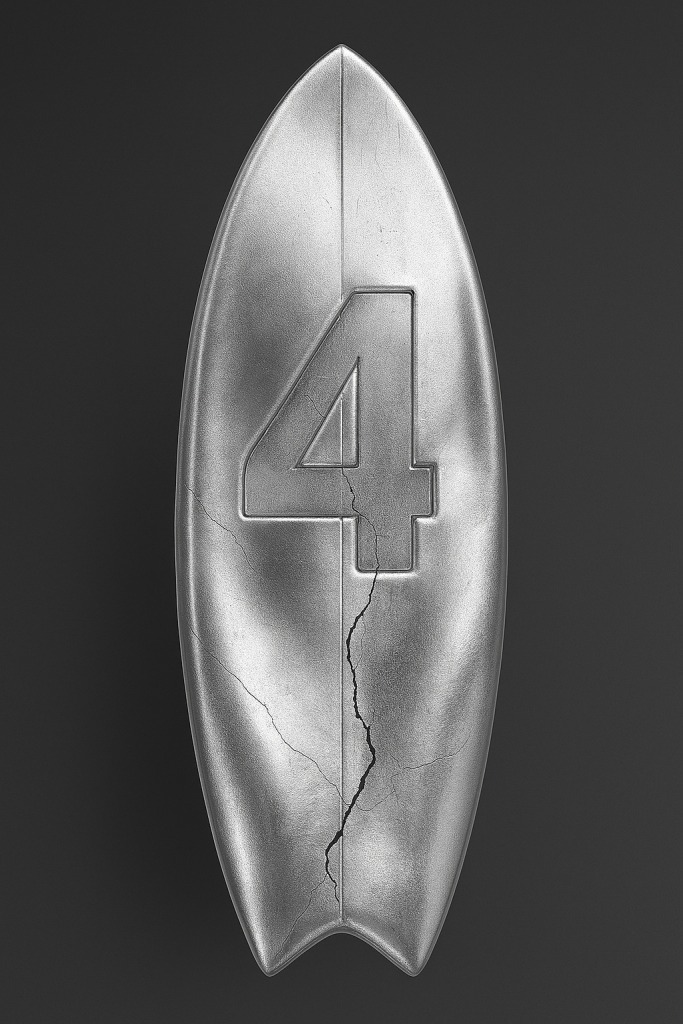
Branding – Missed Opportunities in Identity
The film’s promotional materials emphasized retro aesthetics and cosmic scale. However, the branding lacks thematic coherence. Posters feature bold colors but don’t reflect the film’s tone. The logo design is clean but uninspired. Merchandise focuses on character likenesses without symbolic depth. The marketing campaign promised emotional resonance, which the film fails to deliver. The branding doesn’t differentiate this reboot from previous iterations. There’s no iconic visual or phrase that anchors the film’s identity. The trailers hinted at grandeur but revealed tonal confusion. Tie-in products feel rushed and disconnected from the film’s emotional core. The branding could have reinforced the film’s themes, but instead it feels like an afterthought. A stronger symbolic framework might have helped audiences connect more deeply.
Casting – Functional Faces, Missing Fire
The ensemble cast includes respected actors, but the chemistry never ignites. Pedro Pascal brings gravitas but seems miscast as Reed Richards. Vanessa Kirby’s Sue Storm is poised but emotionally distant. Joseph Quinn’s Johnny Storm lacks the rebellious spark that defines the character. Ebon Moss-Bachrach’s Ben Grimm delivers dry humor but little pathos. Julia Garner’s Silver Surfer is the exception—her performance is magnetic despite limited screen time. Supporting roles are forgettable, with no standout secondary characters. The casting choices feel safe rather than inspired. There’s little sense of risk or reinvention in the performances. The actors appear committed, but the script gives them little to work with. A more daring casting approach might have injected life into the ensemble.
Chemistry – Disconnected Dynamics
The Fantastic Four are meant to function as a family, but this reboot struggles to convey that bond. Scenes between Reed and Sue lack emotional tension. Johnny and Ben’s banter is sporadic and forced. Group interactions feel rehearsed rather than organic. There’s no defining moment where the team truly gels. Emotional beats are rushed or skipped entirely. The lack of chemistry undermines the film’s central theme of unity. Even in crisis, the characters seem emotionally isolated. The Silver Surfer’s interactions with the team are more compelling than their internal dynamics. Without strong relational foundations, the team’s journey feels hollow. Chemistry should be the film’s emotional engine—but here, it sputters.
Galactus – Scale Without Substance
Galactus is introduced with visual grandeur but limited narrative impact. His design is imposing, blending cosmic geometry with mythic symbolism. However, his role in the story is minimal and underdeveloped. He serves more as a looming threat than a fully realized antagonist. There’s no exploration of his motivations or history. His interactions with Shalla-Bal hint at deeper mythology, but the film doesn’t pursue it. Galactus’ arrival lacks emotional weight, and his departure feels anticlimactic. The character’s potential is enormous, but the execution is restrained. He could have anchored the film’s cosmic themes, but instead he floats as a visual concept. The model is cool—but the character never becomes a true villain.
Script – Slow Beats and Shallow Themes
The screenplay struggles with pacing and thematic clarity. Dialogue is functional but rarely memorable. Emotional arcs are hinted at but never fully developed. The moral of the story—something about sacrifice and cosmic balance—is vague and poorly defined. Scenes often feel like filler rather than progression. The origin story is rushed, and the resolution lacks payoff. There’s little sense of transformation or growth. The script avoids complexity, resulting in a flat narrative. Attempts at humor are inconsistent, and dramatic moments lack tension. The story’s structure feels like a checklist rather than a journey. With sharper writing, the film could have explored deeper philosophical or emotional terrain.
Direction – Vision Without Velocity
Matt Shakman’s direction is visually coherent but emotionally distant. The film maintains a consistent aesthetic, but the storytelling lacks propulsion. Scenes are staged with clarity but not urgency. Emotional beats are underplayed, and action sequences lack rhythm. The director’s background in television is evident in the episodic pacing. There’s no standout sequence that defines the film’s tone or ambition. The handling of cosmic elements is restrained, missing opportunities for grandeur. Character moments are often rushed or skipped. The direction feels cautious, avoiding risks that might have elevated the material. A bolder approach could have transformed the film’s potential into impact.
Editing – Fragmented Flow
The editing contributes to the film’s uneven pacing. Transitions between scenes are abrupt, disrupting narrative momentum. Emotional beats are cut short, and action sequences lack buildup. The film’s structure feels fragmented, with scenes that don’t fully connect. The origin sequence is compressed, while the middle act drags. The climax arrives suddenly and resolves without tension. There’s little sense of escalation or payoff. The editing doesn’t support character development or thematic depth. Flashbacks are minimal and poorly integrated. The film’s rhythm feels mechanical rather than organic. A more fluid editorial approach might have improved engagement and emotional resonance.
Audience Reception – Expectations vs Experience
Initial reviews praised the film’s ambition and visual style. However, audience reactions have been mixed to negative. Many viewers expected a bold reinvention but found a slow, emotionally flat experience. Social media commentary highlights disappointment in character development and pacing. Fans of the comics feel the adaptation lacks fidelity and spirit. Casual viewers cite boredom and confusion. The Silver Surfer’s portrayal is widely praised, but most other elements are criticized. The film’s trailer undersold its potential—but the final product didn’t exceed it. Viewer fatigue sets in early, and few moments offer redemption. The reception reflects a disconnect between promise and delivery.
Conclusion – A Cosmic Reboot That Misses Its Mark
Fantastic Four: First Steps (2025) had the ingredients for a compelling reboot—strong cast, cosmic scale, and a fresh aesthetic. But the execution falters across nearly every dimension. The story lacks urgency, the characters lack chemistry, and the visuals, while polished, don’t elevate the experience. Shalla-Bal’s Silver Surfer offers a glimpse of what could have been—a complex, emotionally resonant figure in a mythic narrative. But the film never builds around her. Instead, it drifts through cosmic noise without finding its voice. As Marvel prepares to integrate these characters into future Avengers films, there’s hope for growth—but this first step feels more like a stumble.
Join the Discussion
Have you seen Fantastic Four: First Steps? What did you think of Shalla-Bal’s portrayal and Galactus’ design? Did the film meet your expectations or leave you wanting more?
#FantasticFour2025 #MarvelMultiverse #SilverSurfer #Galactus #MCUReview #CosmicCinema #FilmCritique #MarvelPhase5 #VisualStorytelling #RebootReflections #FantasticFail #JuliaGarner #PedroPascal #MarvelStudios #CinematicAnalysis
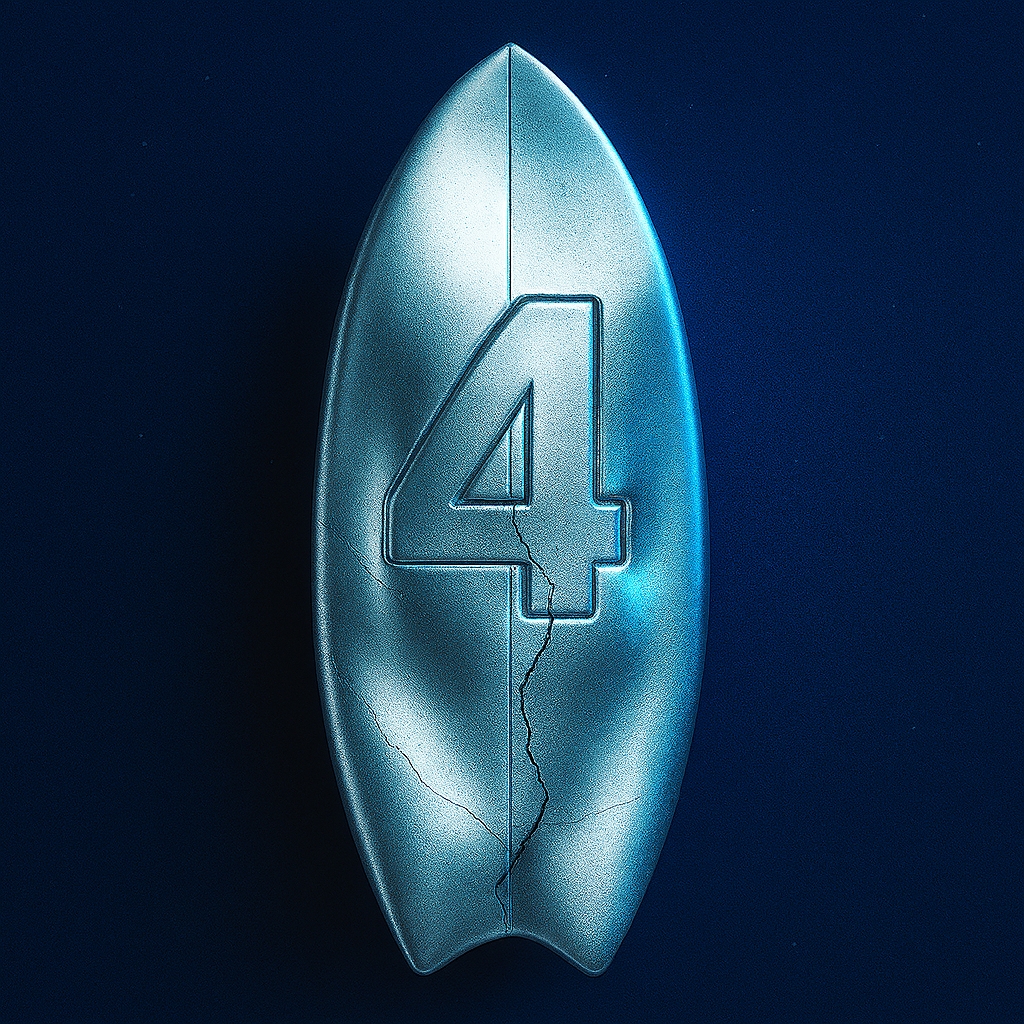
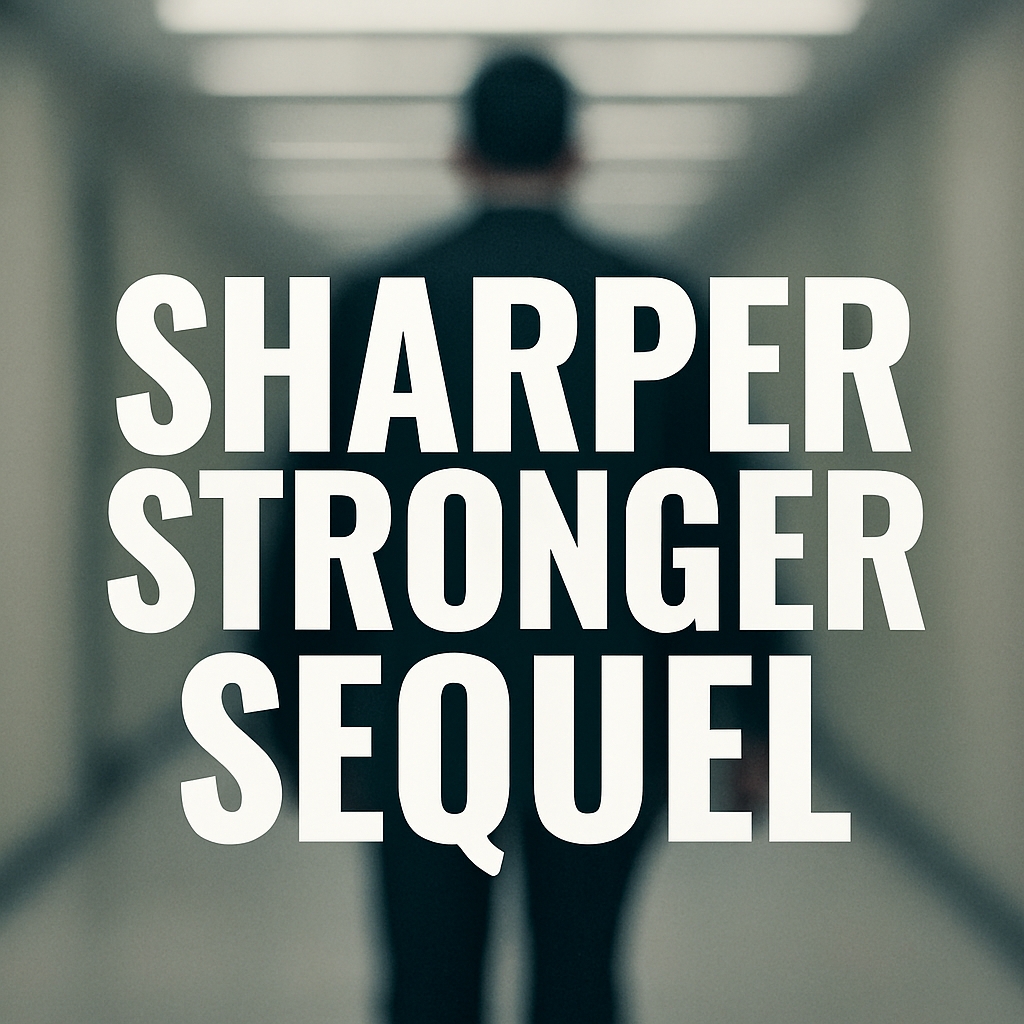
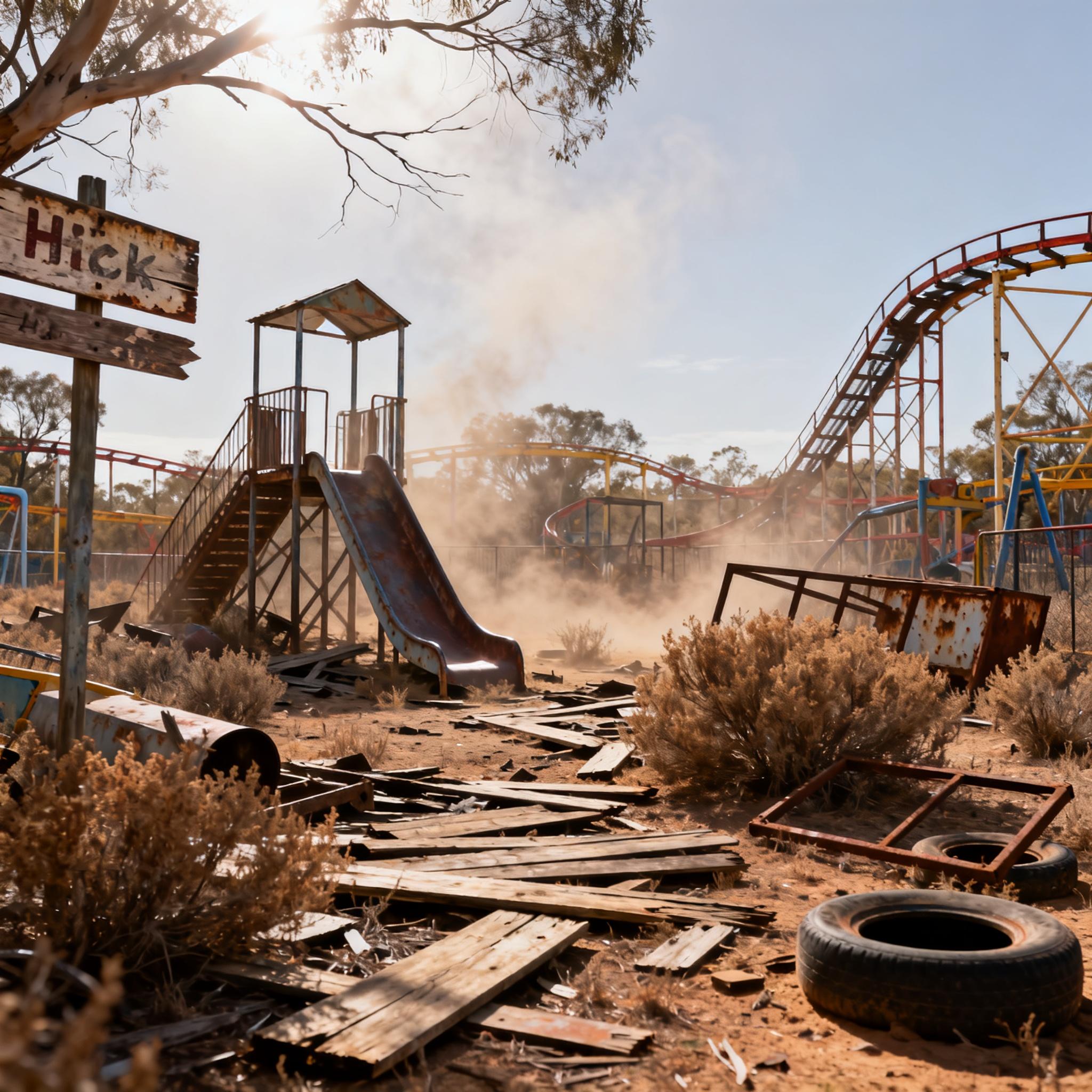

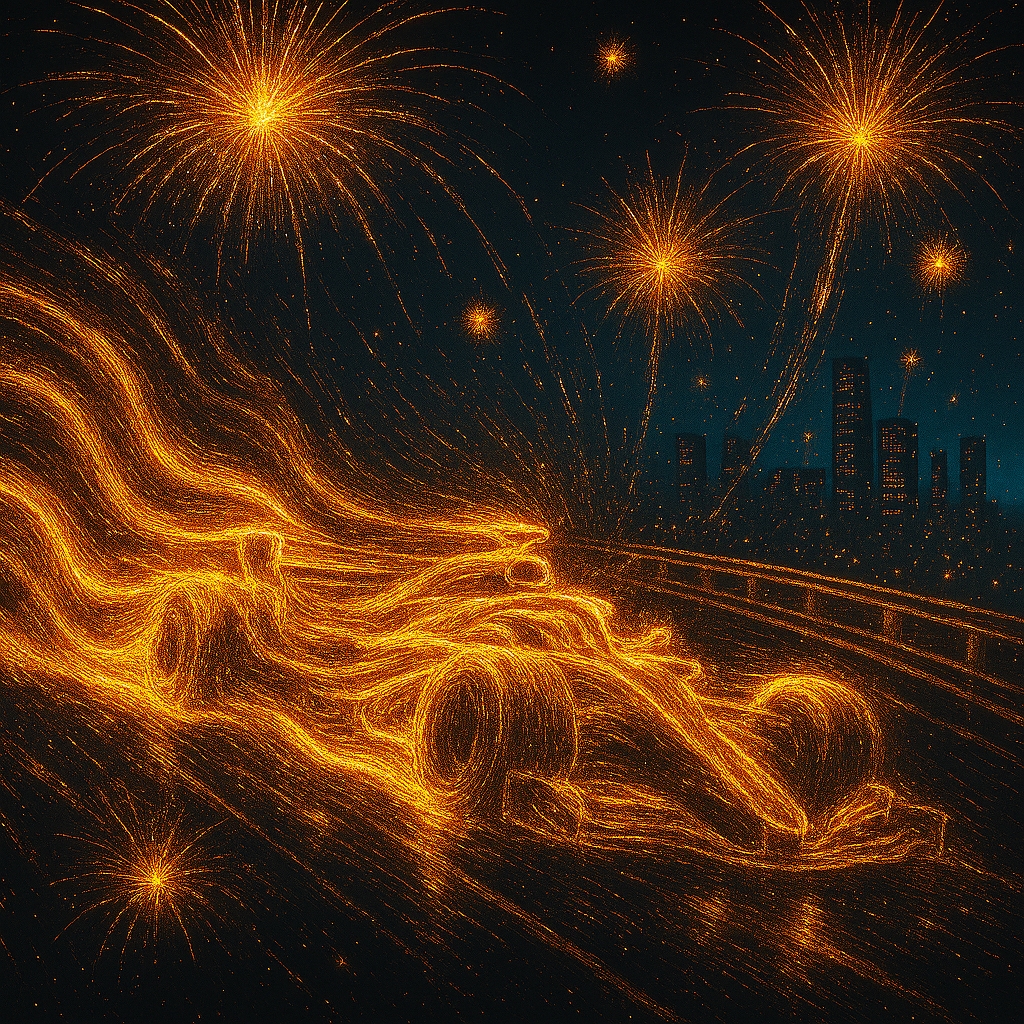
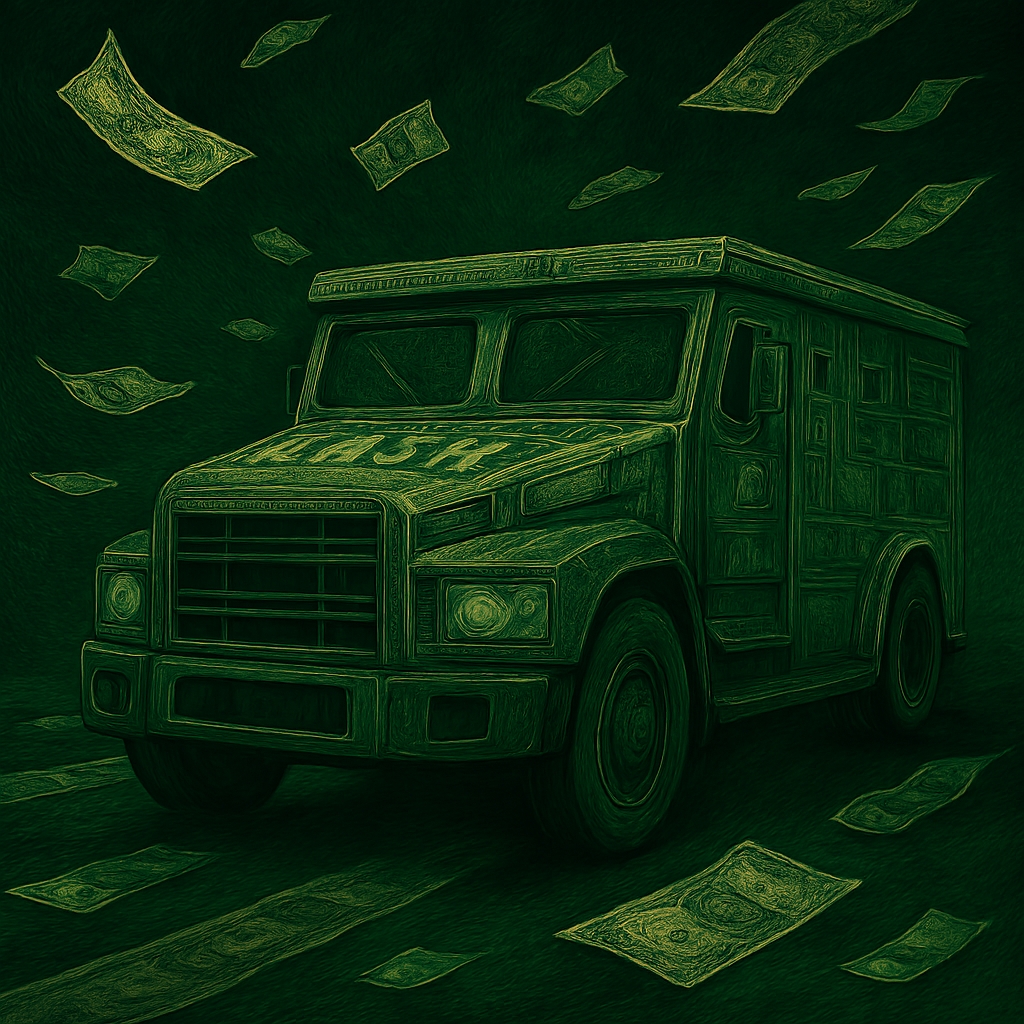
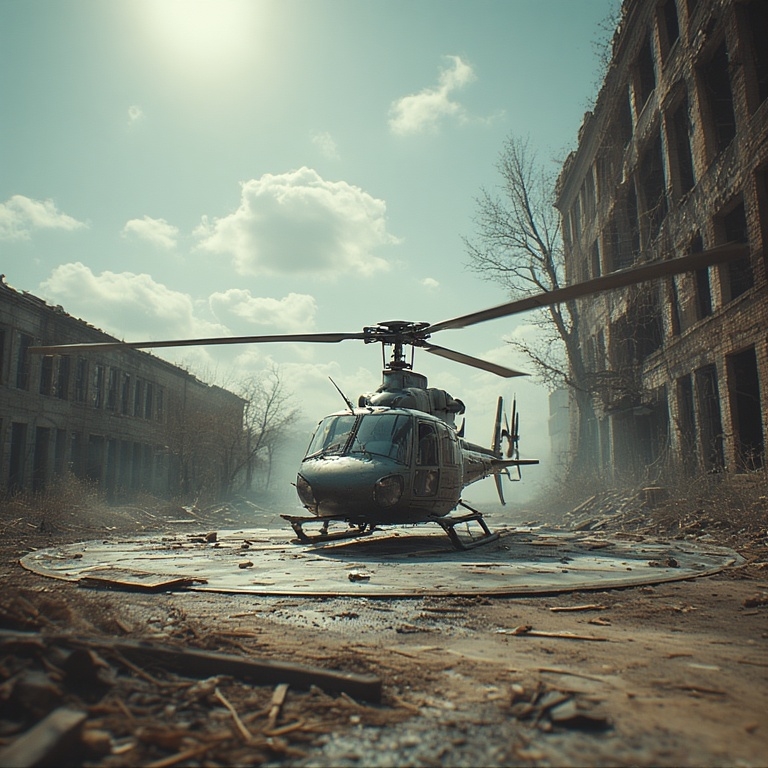

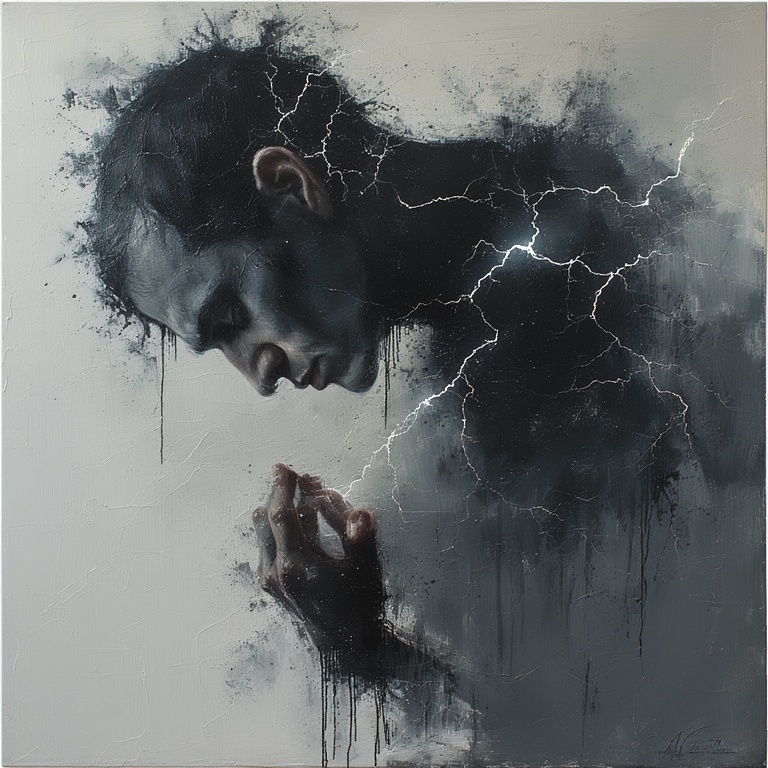






The Surfer Psychology Powerful Mind And Body Identity
[…] allows individuals to rehearse identity in symbolic space. The ocean becomes a stage where roles, emotions, and aspirations are tested. Each wave offers a […]